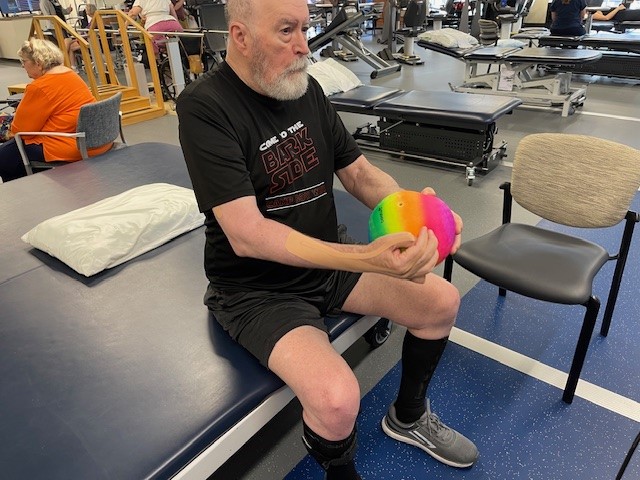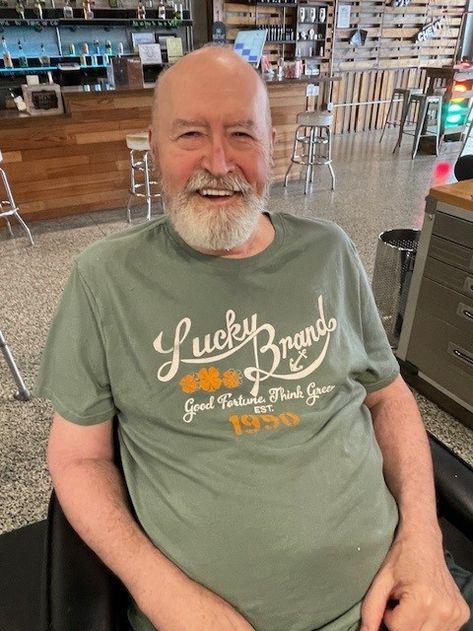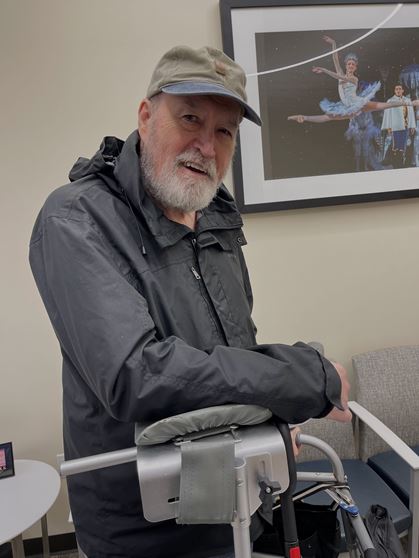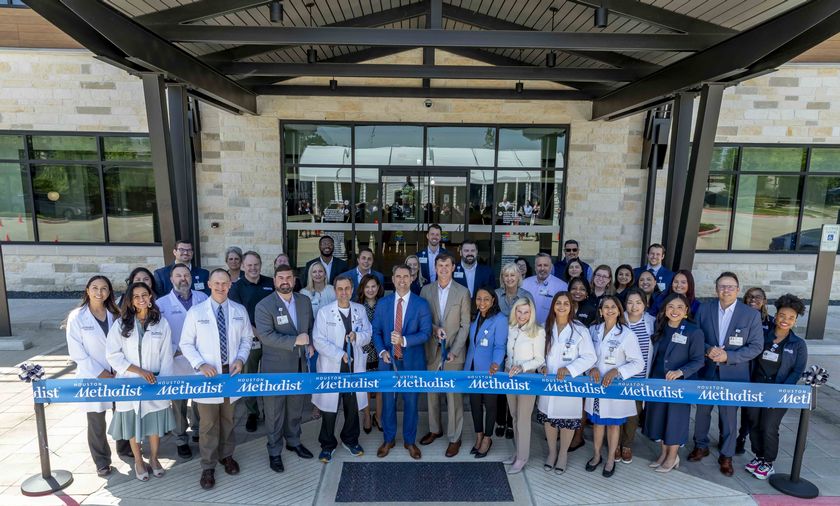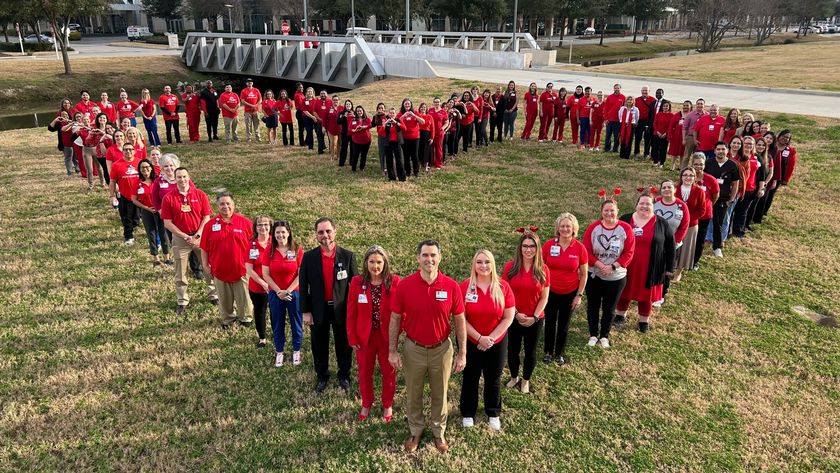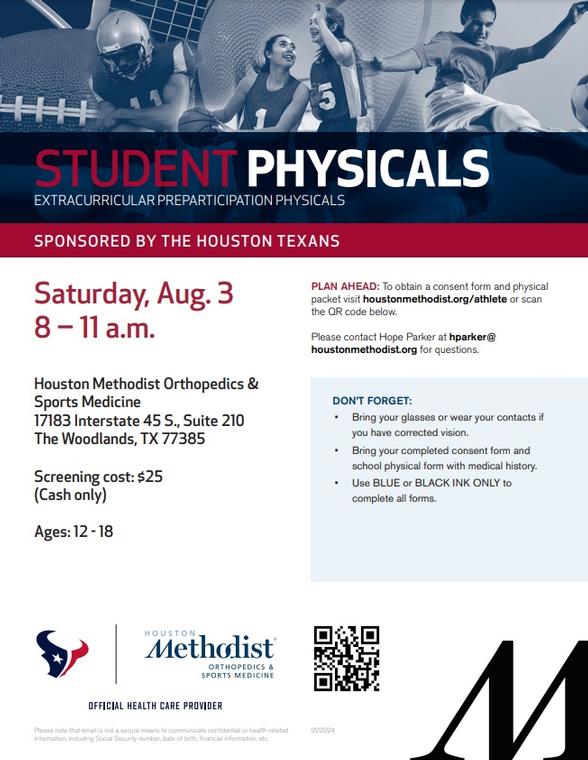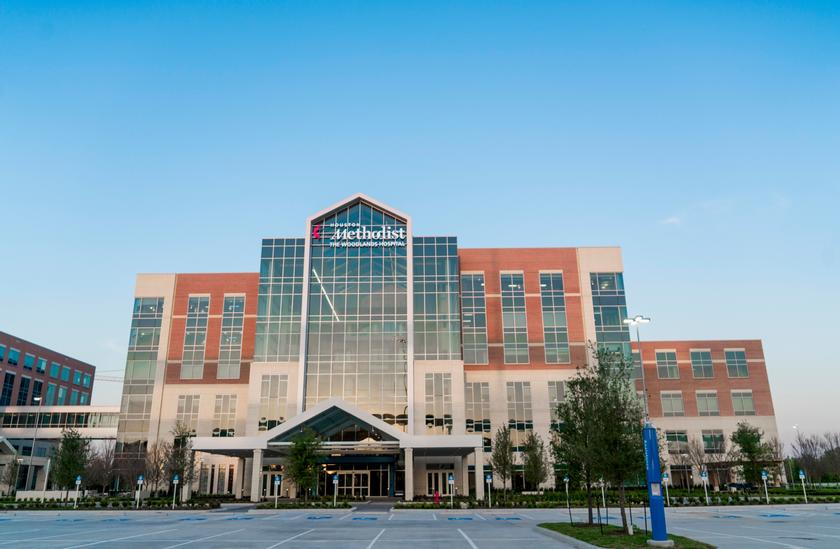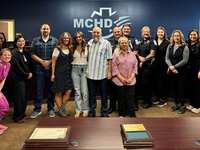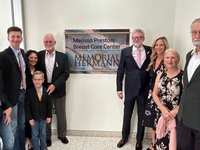- Sections :
- Crime & Public Safety
- Restaurants & Food
- Sports
- More
Houston Methodist The Woodlands Hospital vagus nerve stimulation therapy offers hope for stroke survivors relearning movement
THE WOODLANDS, TX -- After suffering a life-altering stroke in 2022, Leol Franklin faced a challenging road to recovery. Two years of traditional therapy had plateaued, and progress was starting to decline, until Franklin learned about vagus nerve stimulation (VNS) therapy. Now, three years after his stroke, Franklin is regaining movement, independence and hope.
VNS therapy was originally developed to treat drug-resistant epilepsy. Today, it is also giving stroke survivors a second chance at movement recovery. The therapy works through a small device implanted in the chest, which sends gentle electrical pulses to the vagus nerve in the neck. Patients don’t feel the pulses, but the stimulations trigger the release of neuromodulators in the brain that strengthen neural connections, which can enhance relearning upper limb function.
“VNS doesn’t rebuild damaged brain cells, but it helps the brain use other pathways to restore movement,” explained Kathy Killingsworth, occupational therapist at Houston Methodist The Woodlands Hospital. “It gives patients another opportunity to make progress, even years after their stroke.”
Franklin’s stroke affected his right, dominant side, making his daily tasks nearly impossible. After learning about VNS online, he and his wife began the search for an expert trained in the therapy. They connected with Killingsworth, who has been with them every step of the way through VNS therapy.
“It wasn’t until I started VNS therapy that I realized how devastating my stroke was,” Franklin explained. “But there was a possibility this therapy could help – and as long as there’s possibility, I say ‘go for it.’”
Just two weeks after his VNS device was implanted in Feb. of last year, Franklin began therapy. Though he barely met eligibility criteria and temporarily regressed after surgery, he quickly regained progress – underscoring that some patients may become eligible after additional rehabilitation.
“Leol has been progressing consistently – even after having to take time off following an emergency surgery,” Killingsworth said. “While it may not always be obvious to the patient, even seemingly small wins contribute to greater overall progress.”
When activated at home and in therapy sessions, the VNS stimulates an environment in the brain that enhances learning and synapse formation when paired with tasks using the involved arm. The device can remain in place for up to five years and be replaced if needed.
“I remember Kathy being so patient,” said Franklin. “She answered all my questions and helped track my progress.”
At home, Franklin and his wife added VNS into his daily routine using a magnet to activate the device for around 30 minutes at a time while doing tasks like brushing teeth and opening envelopes.
“Just stacking papers in the office was a challenge,” Franklin said. “Now I can open an envelope with both hands.”
His wife added, “He had run out of options. VNS brought him back to goals and abilities he couldn’t reach with traditional therapy.”
While Franklin admits his recovery hasn’t been as swift as he hoped, he emphasizes that every stroke journey is different. “I saw many inspiring stories of stroke patients recovering quickly throughout the years, but I’ve learned to measure success in my own way.”
As one of the first patients at Houston Methodist to undergo this therapy, Franklin is helping pave the way for others. Leading the effort, Houston Methodist neurologist Dr. Timea Hodics is advancing research with the device to expand its impact on stroke recovery – and the neurology team is equipped to offer this innovative treatment to additional patients. For more information, call Houston Methodist neurology at 713.701.5729.
“Stroke rehabilitation can be a long and challenging journey, and many patients reach a plateau,” said Hodics. “What makes VNS therapy exciting is that it offers new hope beyond traditional rehabilitation methods. By pairing this therapy with rehabilitation exercises, we’re seeing patients regain strength and function they thought was lost.”
For more information about Houston Methodist, visit our newsroom or our social media pages on X, Facebook, LinkedIn, Instagram and TikTok or our On Health and Leading Medicine blogs.

